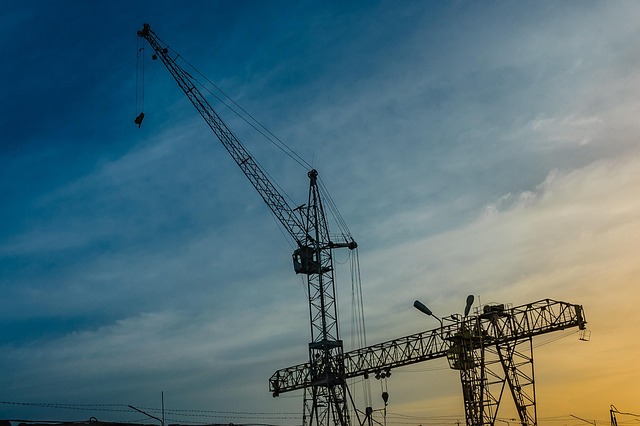Navigating the Future: Unveiling Trends in Transportation Demand
As cities expand and populations grow, understanding how people move from place to place becomes more crucial than ever. A transportation demand survey provides essential insights into these movement patterns, enabling urban planners and infrastructure developers to design systems that meet the evolving needs of the community.
The Pulse of Urban Mobility
Transportation demand surveys are more than just data collection tools; they are the heartbeat of modern infrastructure planning. By analyzing how, when, and why people travel, these surveys illuminate trends that shape the future of mobility. Whether it’s commuting to work, running errands, or exploring new destinations, grasping the nuances of transportation demand empowers cities to reduce congestion, lower emissions, and improve overall quality of life.
Uncovering Emerging Patterns
Recent transportation demand surveys reveal significant shifts influenced by technology, lifestyle changes, and environmental awareness. The rise of remote work, for example, has altered traditional travel peaks, while micro-mobility options like e-scooters and bike-sharing challenge established transit norms. Additionally, growing interest in sustainable transportation highlights the need for infrastructure that supports walking, cycling, and electric vehicles.
Implications for Infrastructure Development
Integrating findings from transportation demand surveys into infrastructure projects ensures that investments are targeted and effective. Through careful analysis, planners can prioritize transit corridors, expand multi-modal networks, and optimize traffic flow. In turn, this thoughtful approach helps create resilient, adaptable systems that respond to current realities and anticipate future needs.
Engaging Communities for Smarter Solutions
At its core, transportation demand is about people—how they live, work, and connect. Including community voices in survey efforts fosters a collaborative environment where solutions are tailored to real-world experiences. This engagement not only builds trust but also leads to innovative strategies that enhance accessibility and equity in transportation.
By embracing the insights offered by transportation demand surveys, we can navigate the evolving landscape of urban mobility with purpose and foresight, paving the way for smarter infrastructure and a more connected future.




